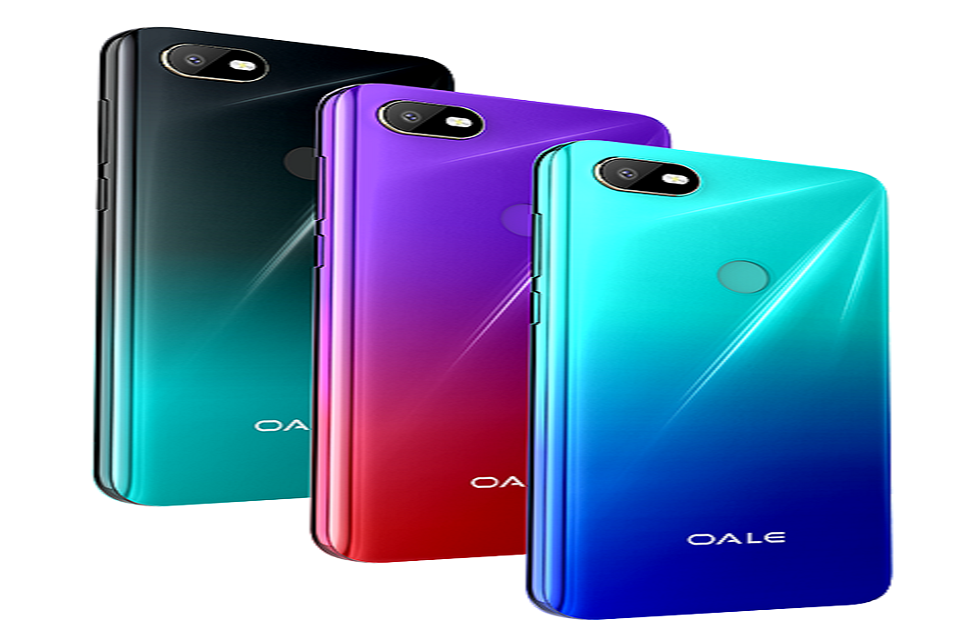People are glued to social networking sites, cloud storage is becoming more popular, and streaming apps like YouTube and Netflix are becoming more popular. Whether you believe it or not, your smartphone is useless without internet access. The continuous lockdown caused by Covid-19 has given this a whole new meaning. During the past year, internet usage has increased dramatically all around the world.
Unlimited data plans, on the other hand, appear to have vanished, leaving subscribers with restricted use data plan alternatives. Even if you have some control over your mobile data consumption, you still run the danger of overusing it and getting charged a large data use fee. This may be more annoying than it appears, and it may detract from the enjoyment of using your Android phone. Not only is it critical to stay connected in the present environment, but we could all use some more cash.
Despite this, Android users have reason to rejoice: you can still limit your data consumption by configuring your smartphone properly. With a little tweaking of your phone settings, you’ll be shocked to discover that you’re utilising your mobile data at a considerably slower rate. Let’s look at some techniques for lowering your Android phone’s mobile data use.
Find out Oale CC3 Mobile’s Price.
What Is Mobile/Cellular Data?
Before we move on to show how we may limit the use of mobile/cellular data, it’s critical to first grasp what it is. Your mobile/cellular service provider provides internet access on the move using mobile/cellular data. It provides you with internet access and connectivity wherever you are (as long as the network is available). It also allows you to break away from the constraints of wired connections. The devil, however, is in the details. Using mobile/cellular data is significantly more expensive than using a broadband connection. As a result, it is critical to utilise mobile/cellular data wisely in order to avoid costly penalties.
Find out Oale CC5’s Price.
Turn Off Mobile Data When Not in Use
There are occasions when you don’t use your phone for an extended length of time, such as while driving, sleeping, or attending a conference. All you have to do is go to your Android phone’s notification panel and disable the mobile data option as seen in the image.
If you are not anticipating an urgent e-mail that you will not be able to check if you are not connected or online, you can turn off your mobile connection to minimise excessive data use at these times.
Use Wi-Fi to Update Apps
When you’re travelling, resting, or attending a conference, there are times when you don’t use your phone for a prolonged period of time. Simply go to the notification panel on your Android phone and disable the mobile data option as seen in the image.
If you aren’t expecting an urgent e-mail that you won’t be able to check if you aren’t connected or online, you may switch off your mobile connection to avoid wasting too much data during these times.
Restrict Background Data
There are apps that operate in the background and consume your mobile data without your knowledge. You can verify which apps are consuming how much data in more current versions of Android, such as Ice Cream Sandwich and subsequent versions, by navigating to the Data Usage option in settings and clicking on an individual app mentioned there.
Take a deep breath and examine the figures next to the pie chart. The number beside “Foreground” refers to the data consumed while you are actively using the app, while the number beside “Background” refers to the data consumed when the programme was running in the background.
You can look at these statistics for individual applications, and if you see that one of them is consuming more data than you’d want while operating in the background, you can tick the option next to it that reads “Restrict background data.”
Preload Heavy Content
People are getting increasingly picky about how much data they use on their Android phones. As a result, many apps now support caching, which allows you to download data via Wi-Fi at a later time and have it available while you are offline or using mobile data. Spotify and YouTube are two examples of apps that allow you to save playlists or movies to view later.
Preloading is available in most programmes that utilise a lot of data; all you have to do is look in the correct location to locate it. On most Android phones running Android Ice-Cream Sandwich or later versions, you can easily access it in the settings menu for apps like YouTube. This might save you a lot of mobile data and help you cut down on your monthly data use, which might save you a lot of money in the long run.
Keep a Tab on Data Usage
Android provides you with the ability to track your mobile or cellular data consumption. It is, in fact, a blessing in disguise. You can really track your data consumption and discover which apps utilised how much data by using the Data Usage option. It also allows you to establish a data consumption restriction and receive notifications when your data use hits a specific threshold. You may set up your Android phone to notify you when your data consumption hits the 80 percent limit and cut off your mobile data altogether when it hits 100 percent. Although your Android phone’s data use option may account for data differently than your cellular provider, it nonetheless makes you informed of your approximate data consumption and protects you from exceeding your data limit.
Large Files Can Only Be Downloaded Via Wi-Fi
When utilising mobile data, you should avoid downloading huge items such as songs and videos unless absolutely required. You should instead store such files to download later when you are connected to a Wi-Fi network. You would be doing yourself a favour and it would go a long way toward reducing excessive mobile data consumption.
When travelling, prepare maps for offline use.
You may now cache maps on your Android phone using Google Maps. Although downloading a map takes some time and data, once done, it is available for offline use and navigation. You can download the maps while you are connected to Wi-Fi to save data usage when travelling. To save data while travelling, you can download the maps when connected to Wi-Fi. Simply zoom in on the map part you wish to store and type “ok maps” into the search field, and the map will be cached for offline use.
You may also utilise offline navigation applications like Sygic to avoid having to rely on a mobile data connection for navigation while on the go, or remember to download or cache maps for offline use on your Android phone whenever you intend to travel.


